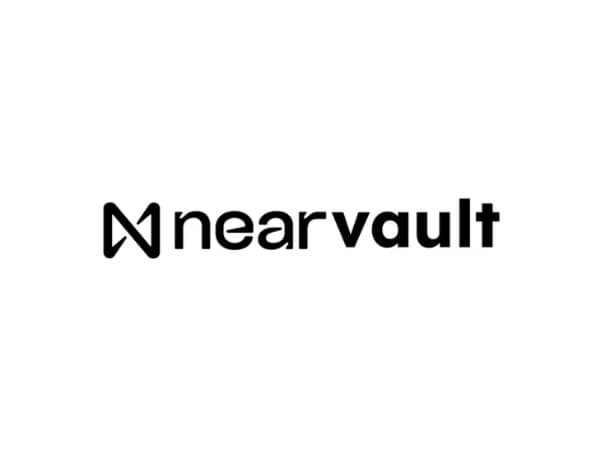Nearvault
Nearvault is a multisignature wallet platform designed for managing developer and treasury assets for organizations operating on the NEAR blockchain. It provides a secure and transparent way for teams to jointly control on-chain assets such as treasuries, smart contracts, native tokens, and staked assets [1].
Overview
Developing and managing assets in the blockchain space presents distinct challenges compared to traditional environments. Nearvault aims to address these challenges for teams building on NEAR by offering a tailored solution for managing core assets throughout a project's lifecycle, from fundraising and smart contract deployment to token launches and validator operations.
The platform focuses on improving user experience, enhancing security, and increasing transparency in asset management. It transforms complex command-line interface (CLI) interactions into intuitive user flows within a graphical interface. Security is bolstered through a smart contract wallet infrastructure that implements multi-signature logic, requiring multiple parties to approve critical actions, thereby decentralizing control and mitigating single points of failure.
Nearvault leverages smart contracts to enable the deployment and programming of smart contract wallets, representing an advancement in self-custody solutions on NEAR. It incorporates account abstraction features, such as configurable spending limits and permissions, to provide greater flexibility and security for organizations managing assets on the blockchain. [1] [2]
Key Features
Nearvault offers several features designed for secure and collaborative asset management on NEAR:
- Multi-Signature Access: Requires a predefined number of signatories to approve transactions and critical actions, distributing control and preventing single points of failure.
- Smart Contract Wallets: Utilizes smart contract infrastructure for wallet functionality, enabling advanced features and programmable control over assets.
- Account Abstraction: Provides features like spending limits and granular permissions to customize control over accounts and assets.
- Asset Management: Supports the management of various on-chain assets, including treasuries, smart contracts, native tokens, and staked NEAR.
- Improved User Experience: Offers a graphical interface to simplify operations that might otherwise require command-line interaction.
- Transparency: Provides visibility into required multisig approvals and presents relevant data in a human-readable format.
- Self-Custody: Users maintain direct control over their private keys and assets through the smart contract wallet architecture. [1] [2] [3]
Technology
Nearvault is built on the NEAR blockchain and utilizes its smart contract capabilities. The core technology relies on a smart contract wallet infrastructure layer that enables the deployment and management of accounts with programmable logic. This infrastructure supports the implementation of multi-signature requirements and account abstraction features. Account abstraction allows for more flexible account control beyond traditional key-based ownership, incorporating features like spending limits and role-based permissions directly into the account logic.
Use Cases
Nearvault is primarily designed for teams and organizations operating on the NEAR blockchain. Key use cases include:
- Treasury Management: Securely managing organizational funds and assets with multi-signature control.
- Smart Contract Management: Jointly controlling and interacting with deployed smart contracts.
- Token Management: Managing native and other tokens held by the organization.
- Stake Management: Controlling staked NEAR assets and associated rewards.
- Team Asset Management: Enabling multiple team members to collaboratively and securely manage shared on-chain assets.
- Account Ownership Control: Utilizing account abstraction features to define and modify account ownership structures, spending limits, and permissions. [1] [2]
Trusted By
Organizations reported to be using or trusting Nearvault include:
